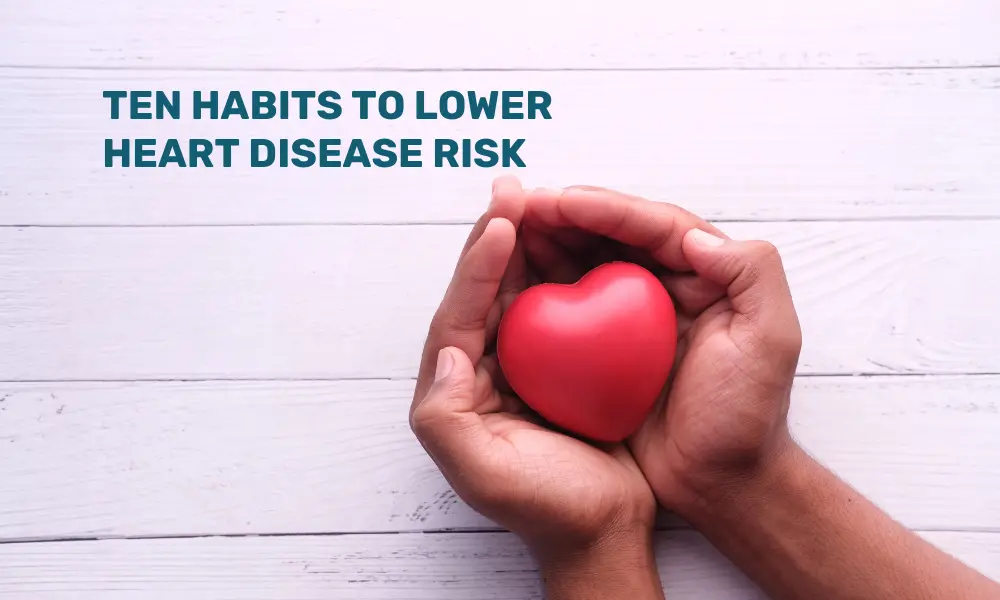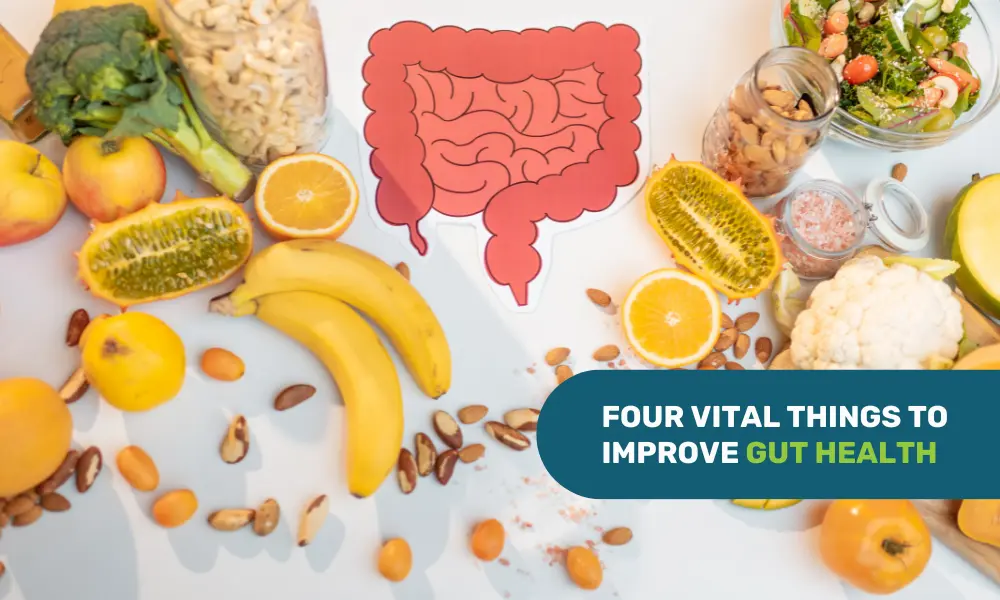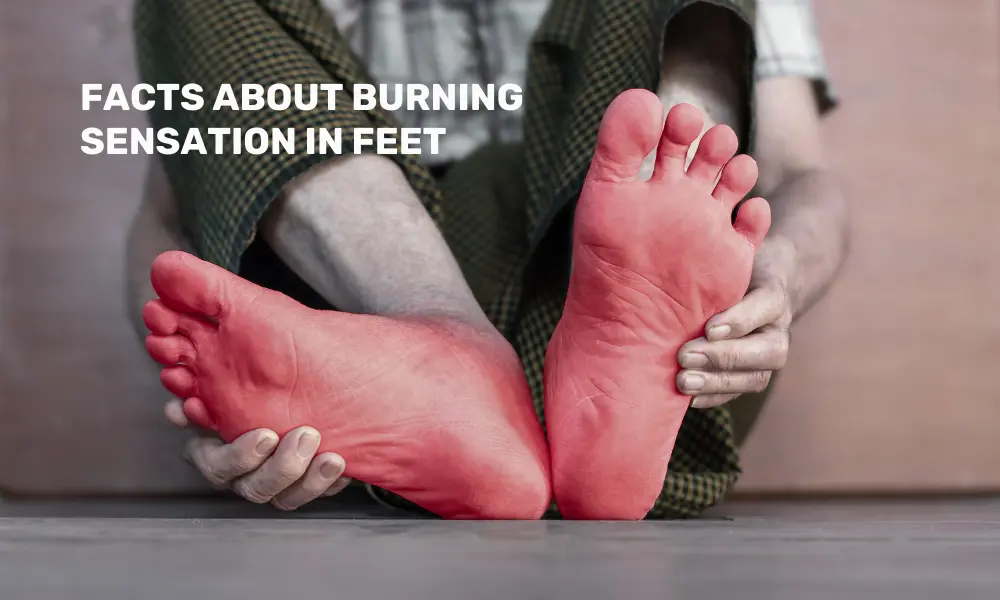Heart disease is increasingly becoming one of the major cause of death globally, claiming 17.9 million lives in 2023, with 85% of these deaths attributed to heart attacks and strokes. Knowing the warning signs of a heart attack can be life-saving, as early intervention is critical. Furthermore, this can also help make necessary lifestyle changes to reduce the risk of heart disease.
Alarming Signs of Heart Attack
Here are the five warning signs of a heart attack you should not ignore. It is important to get help immediately, as some heart attacks are sudden and intense.
Shortness of breath: Finding it difficult to breathe is a crucial sign of a heart attack. This often accompanies chest discomfort but can also occur independently. It may feel like you can’t catch your breath, even at rest. This sign should never be dismissed and requires urgent medical attention, especially when paired with other signs.
Cold sweats: Breaking out in a cold sweat without any physical exertion or high temperature is a red flag. It’s essential to recognize that sweating is a physiological stress response, and during a heart attack, the body triggers a ‘fight or flight’ response. This sign, along with other symptoms, warrants immediate medical care.
Feeling lightheaded: Light-headedness is one of the warning signs of a heart attack. Unexplained fatigue, weakness, or dizziness should not be ignored. Women are more likely to experience extreme tiredness. If you feel unusually faint or exhausted, especially with other symptoms, seek immediate help.
Discomfort in the upper body: The discomfort can radiate beyond the chest to other areas of the upper body. These include pain or discomfort in the arms (one or both), back, neck, jaw, and stomach. This pain may feel like aching or heaviness and can occur suddenly or gradually. People tend to dismiss it as unrelated; however, it could be a crucial warning sign before a heart attack occurs.
Chest discomfort: Chest discomfort is a common symptom of a heart attack. Most of those who have a heart attack experience discomfort in the center of the chest. This discomfort can last more than a few minutes or may come and go, and then return. It is important to see if this discomfort feels like uncomfortable pressure, squeezing, fullness, or pain. If such signs appear, seek immediate medical attention.
Ten Habits to Lower Heart Disease Risk
Here are the ten lifestyle practices one may adopt to reduce heart disease risk:
1. Walk 7,000–10,000 steps/day: Daily movement lowers blood pressure and improves insulin sensitivity.
2. Start the day with protein (25–30g): Balances blood sugar, improves satiety, and supports lean muscle (a longevity marker).
3. Prioritize magnesium & K2 daily: These essential nutrients protect arteries and help manage blood pressure.
4. Stay off screen 30 minutes to 1 hour after waking: Reduces cortisol spikes and supports a calm nervous system.
5. Get morning sunlight exposure: Anchors the circadian rhythm, improves sleep, and supports metabolic function.
6. Drink a full glass of filtered water before coffee: Hydration first helps stabilize blood pressure and energy.
7. Avoid ultra-processed snacks (even “healthy” ones): Hidden sugars and seed oils promote inflammation and arterial damage.
8. Monitor HRV + BP weekly: HRV shows nervous system stress; BP is your daily cardiovascular check-in.
9. Practice nasal breathing during walks: Activates the parasympathetic system and supports nitric oxide production.
10. Eat 30+ different plant foods weekly: More diversity = a healthier gut = lower inflammation = a healthier heart.
We must take care of our hearts and adopt healthy lifestyle changes that can protect them and reduce the risk of heart disease, as this can increase our life span too. To consult a specialist – CLICK HERE!





